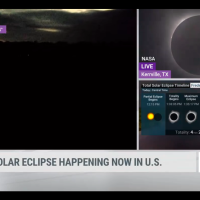Allergies in the Winter? It’s Probably Snow Mould
Snow mould is prevalent when large piles of snow start to melt
If you thought you were safe from allergies in the winter, think again. Snow mould is a thing, and can trigger allergies and even asthma.
Snow mould is exposed when the temperature starts warming up (as it has over the past few days) and snow starts to melt. According to The Weather Network it’s a fungus that can damage or kill grass when the snow on top of it melts.
Rainy and mild winter weather in many parts of the Northeast is a recipe for pink snow mold. As temps increase be on the look out for this disease pic.twitter.com/HI3N2RrcSf
— Adam Moeller (@AdamMoeller) February 10, 2020
The melting snow gives the fungus the moisture it needs to survive and damage the grass. The affected area of grass will look matted down or crusty with a grey or pink colour.
Typical symptoms include sniffling, sneezing, runny nose, and itchy, watery eyes. The mould isn’t dangerous to humans, but the symptoms can be annoying to deal with.
If you want to avoid winter allergies, avoid large piles of snow when the temperature starts warming up.
You can try to prevent snow mould from developing by keeping your grass short before it snows and making sure the leaves are cleared off.









